Githeri is a bean and maize casserole of sorts and it is served throughout Kenya. It is a very popular meal because it is healthy and also because it makes it easy to include all food groups in one meal. In my country, this is one meal that all boarding schools have in common. Before I joined boarding school, I would hear tales from my elder sisters, Cheredi and Sieva, about how hard the maize in their school githeri was. I quietly thought to myself that it really couldn’t be THAT hard! That was until my first Wednesday evening when our supper was githeri. The maize was indeed hard, and for the first time, that hot January evening, I really missed home food. But I put on my big girl pants and had my meal, appreciating the fact that at least I had something to put in my tummy that day.
The githeri I made today has the softest maize though. Traditionally, it is made with only onions and tomatoes, however my twist on this Kenyan delicacy is adding the richness of coconut cream & curry powder, and using cumin and mustard seeds, whose oils play up the githeri flavor. This is the best githeri you will ever have without doubt!
Tag: kenyan food (Page 14 of 14)
I have spent the better part of my life in one of the most vibrant suburbs in Nairobi – Lang’ata. Besides the fact that you can literally find everything at your door step (something I absolutely miss), Lang’ata seemed to come alive in the evenings. At dusk, these suburb streets filled with people rushing from work, clicks of youth lazily strolling, school children in their school uniforms and music-blasting matatus making their rounds. Street food vendors would erect their stands, prepare their food and serve the awaiting customers. The aromas that filled the cool evening air were those of roast maize, mutura, mshikaki and bhajia. I fondly remember the ladies who sold fried fish. With their wide grins and eager eyes, it was almost impossible to pass them by without buying some fish for yourself. These were the memories playing in my mind as I made this coal grilled tilapia fish fillet. It soaked in a rich marinade before cooking and this played up its flavor.
If you love fish, you will fall head over heels with this recipe that I got from one of my favorite chefs, Ina Garten. And if you do not like fish, I will make you a believer!
In my primary school, we used to wash our classrooms every Friday afternoon before heading home for the weekend. This not only instilled a sense of responsibility and cleanliness in us but made our learning environment a lot more conducive. We would wash our classroom as fast as we possibly could so that we could proceed to play for the rest of the afternoon. When we were released to go home on Friday, my friends and I would walk home instead of taking public matatu transportation. We would indulge in our silly girly musings and pass by some shops not too far from school to buy bhajias. I always made sure to save my 5 shillings so that I did not miss out. To us, this signaled the end of the school week and we ushered in the weekend with the tastiest snacks which were very popular with school going children. The bhajias we bought from the neighbourhood shops were usually served with some chilli powder and/or salt. Today, I went down memory lane and made my bhajia with a cumin infused batter together with the creamiest tatziki dip that’s both easy to make and tasty to have.
I hope you enjoy this as much as I did.
Think about your childhood for a moment… If you were like most kids, there was always that meal you never liked to eat, despite it being healthy for you. Be it pumpkin, broccoli, peas or fish, there must have been something that you could not get down your throat. For me it was Matoke. I just found it absolutely unappealing, yet a month would not go by without my mum preparing it for us. With time, however, I really grew to like it and today it is one of my favourite Kenyan dishes.
One of my readers asked how she can prepare a meal without the use of spices and still make it tasty. My answer was simple: use the original source of the spice. For instance, instead of using ground garlic, use freshly pounded garlic cloves. I always cook with spices so I took this as a challenge and decided to make one of my favourite dishes, without spices. And let me tell you, it turned out better than I could have ever imagined.
From my heart to yours, I hope you enjoy this coconut milk stewed matoke as much as I did.
Sometimes during a busy work week, all I think about is getting back to bed. I get so exhausted that alI think about be it during a break, in my fantasies, while in traffic, is that glorious moment I will finally sink into my cosy bed. I kid you not! With all that fatigue, it usually is difficult to whip up a saucy and memorable meal, hence I settle for whatever is left over, have my dinner and jump to bed.
During the weekends however, I try to break the monotony of the “weekday” meals with something exciting and tantalizing. This week I made my Matata meatballs that usher in the weekend in the most grand scale. Matata is a swahili word meaning disturbance. I named these meatballs ‘Matata Meatballs” because they sure do shake things up but in the most amazing way yet!
Trust me, you will have to eat this three days in a row before you get satisfied!
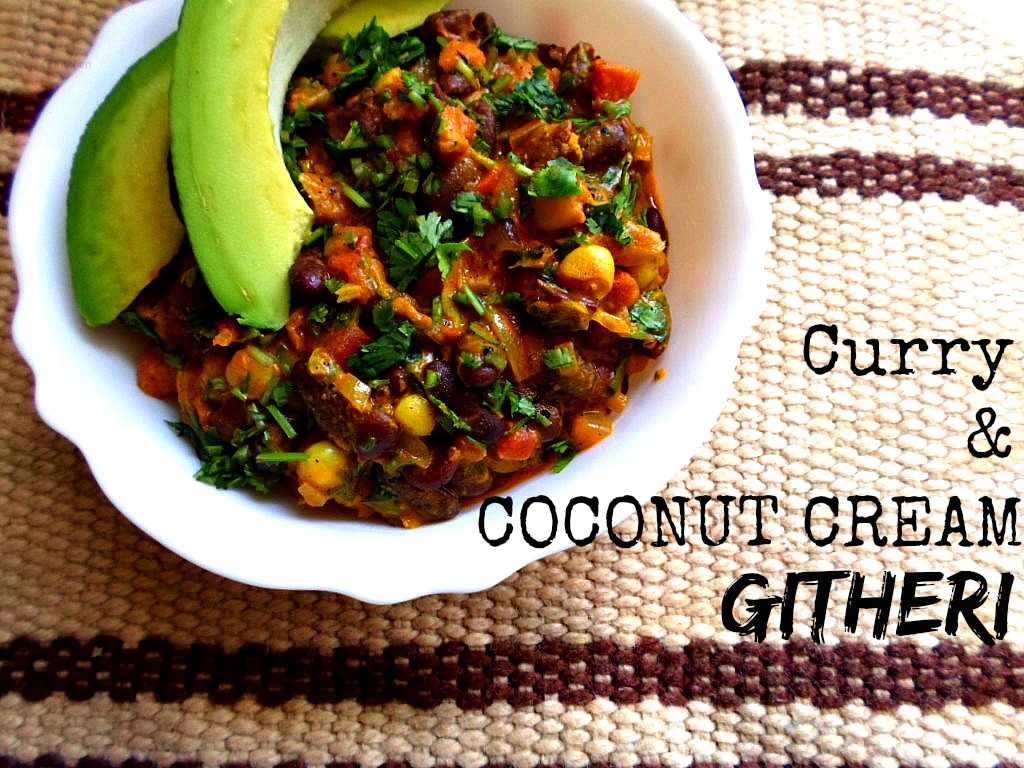
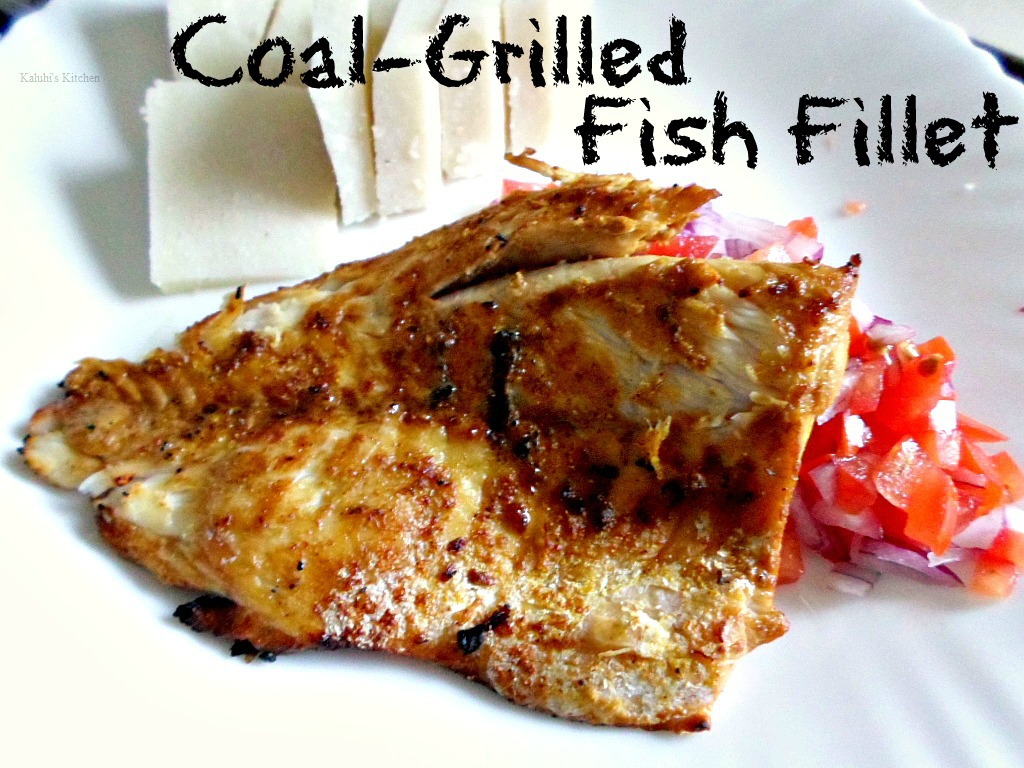
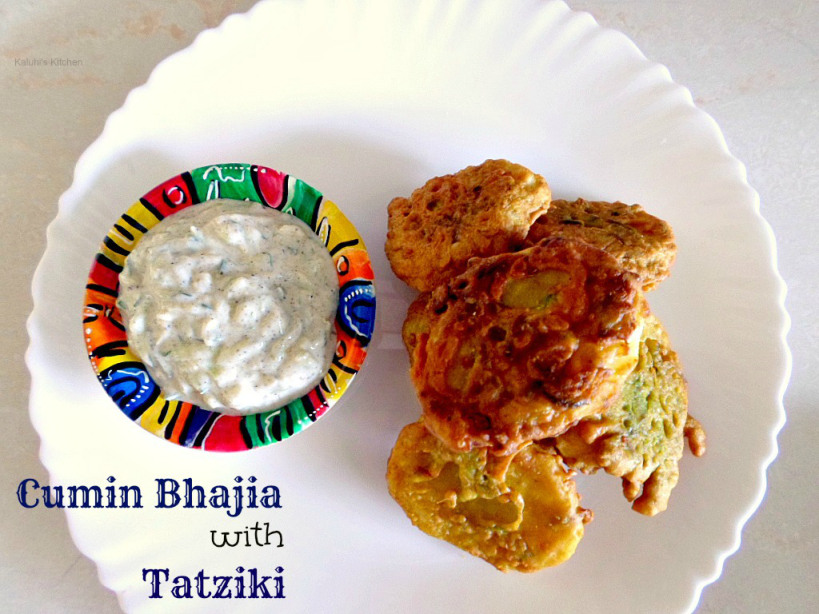
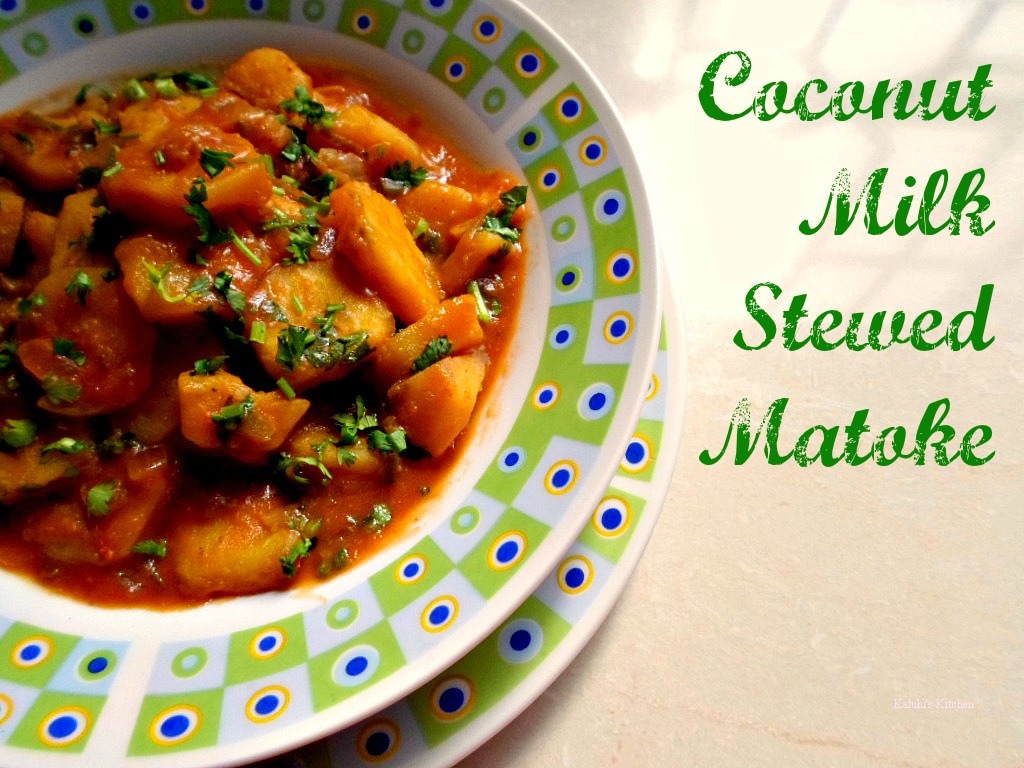
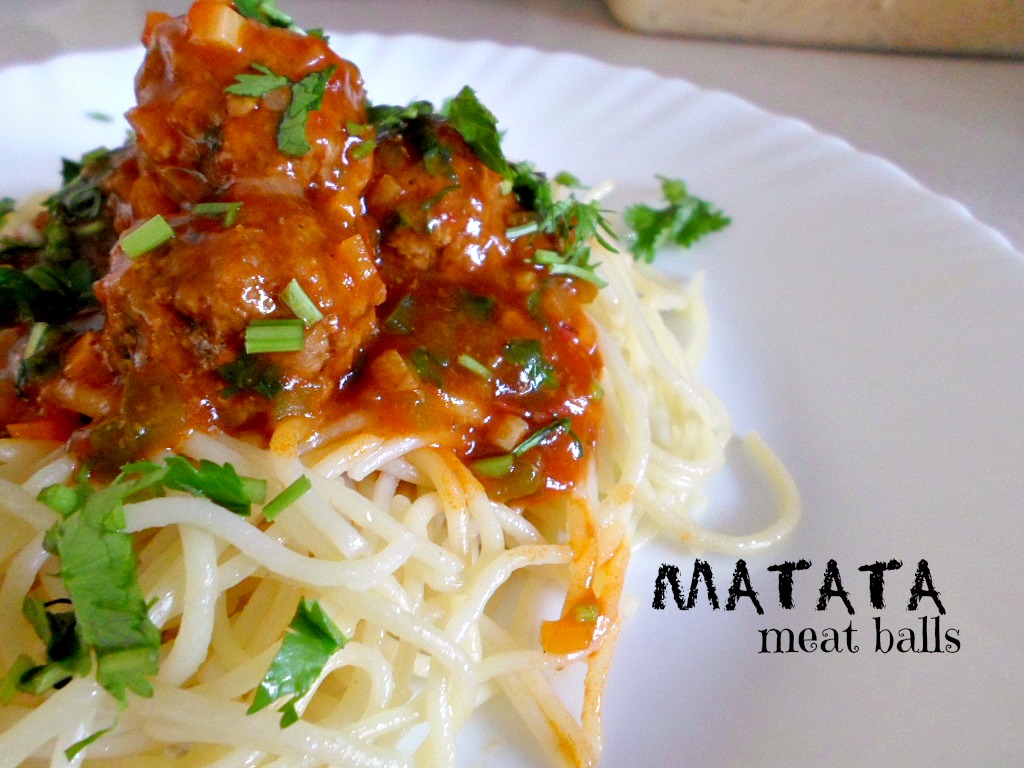
 Hey there! My name is Kaluhi and I love food! Through my blog, I am happy to share with you my self-taught recipes, steeped in nostalgia and the happiest of memories. I hope each recipe you try out is as addictive as the previous one and is shared on a table full of love and hearty laughs!
Hey there! My name is Kaluhi and I love food! Through my blog, I am happy to share with you my self-taught recipes, steeped in nostalgia and the happiest of memories. I hope each recipe you try out is as addictive as the previous one and is shared on a table full of love and hearty laughs!



